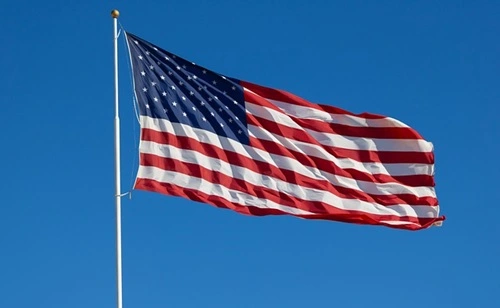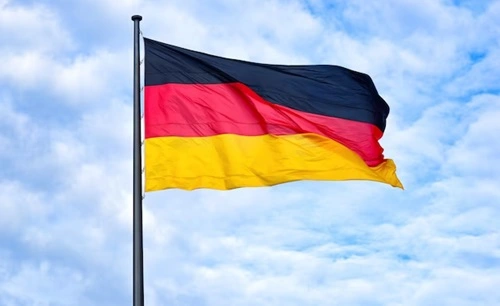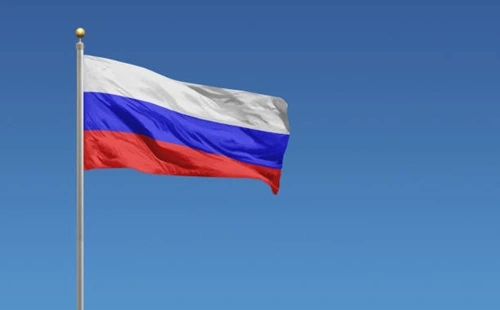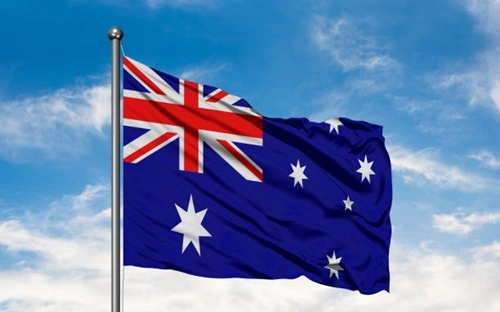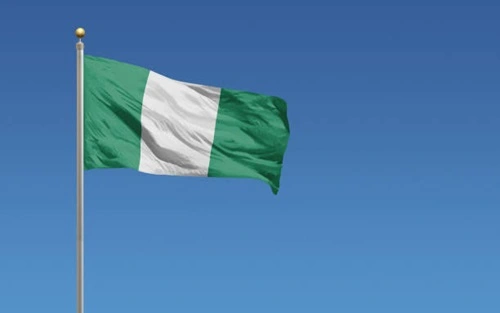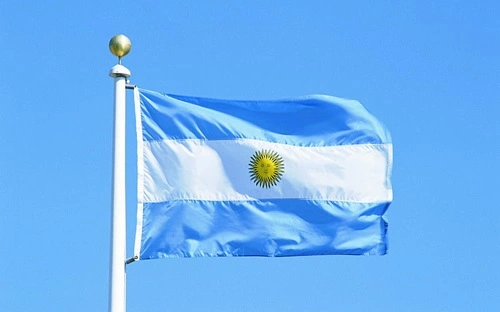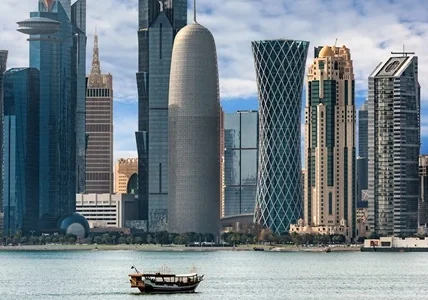You see, Federalism is all about sharing power. It is such an arrangement in which countries divide control between their central governments and regions or states, to put it simply. This explains the way they manage to work harmoniously together, bearing their differences in mind. Basically, it is finding that perfect balance that keeps a country running, be it big or small. They don’t have a single way of making decisions, it’s more like a team effort. And today, we are all about just that, you know, looking deep into the top 10 federal countries in the world as of 2024. This post is all about giving you insights into how different peoples can be united under one government but still keep what makes them separate from themselves. Alright, here we go now.
1. India

India is one huge example of how federalism works, a mixture of incredible cultures and complexity in governance, with 28 states and 8 Union Territories by 2024. Every state and territory of India feels like its own independent country, projecting the rich mix of cultures, languages, and landscapes that simmer on the South Asian subcontinent. And not to mention Punjab up North, Kerala down South, Assam in the East, and Gujarat in the West, all with a different flair and doing things their way. This is one of the union territories among Delhi, Chandigarh, and the Andaman and Nicobar Islands, which is directly administered by the Central Government. Moreover, some of them have a say in the way they are going to function. This way, India can look after local stuff while still moving together as one country.
2. United States
When it has to do with federal countries, it always will be the United States taking the crown. Fifty states with their own matters and state power, plus one federal district hosting the capital, Washington, D.C. This very cleanly splits the power, with the federal government running the big-ticket items, and states taking care of more homegrown things. While others, like New York, Texas, and California shine out not only by size but also by their big say in the economy and culture of the country, eventually possible globally, others remain in the shadows.
3. Brazil
Brazil is set up with 26 states and a federal district, home to the national government in Brasília. This great country in South America parades a federal system, whereby the states have much of the freedom to manage most of their affairs but still stick to a national plan. From Rio de Janeiro to Sao Paolo, and Roraima to Goias, it seems as though the state has resonated with the large canvas of the land and various cultural heritages gifted to it. Its federal structure ensures attention to local needs while keeping in mind the whole.
4. Germany
The German federal system, therefore, has 16 states, or “Länder,” each with its own government, laws, and constitution. This European country exhibits that federalism can well blend with the presence of a strong central government to ensure everything runs flawlessly, while it allows the regions to “run riot,” as it were. States like Bavaria, Berlin, and North Rhine-Westphalia have cultures that are peculiar to them and histories way back in time. The German local set-up puts surety that local traditions are put into use at the same time contributing to matters of the nation.
5. Russia
The federal system of Russia seems to match its huge size and complexity, being the largest country in the world by the sum of its land area. It is composed of 46 Oblasts, 22 Republics, 9 “Krais,” 4 autonomous Okrugs, 3 federal cities, and 1 autonomous Oblast. This arrangement caters to many ethnic groups and cultures of Russia. In contrast, different regions holding republican status will have their own constitution and languages, which really goes hand in hand with an area that holds a unique ethnic group. The federal cities cover Moscow, Saint Petersburg, and Sevastopol.
6. Australia
And here is the country running by the federal setup, combining six states with three territories. This system came into being on January 1, 1901, when the six colonies united, which used to run things on their own. They all agreed to join up after some wrangling from referendums in the 1890s, where they decided to make a big family under the Commonwealth of Australia flag. Australia took a leaf from the United States in setting up its federal system but mixed that with its own parliamentary flavor.
7. Switzerland
The country is symbolized through a very strong federal system: Switzerland, consisting of 26 cantons whose value seems to be freedom for everybody and the possibility to manifest themselves through direct democracy. These cantons go deeply into their roots in history and have, in fact, been able to make up the present political environment. The major players of Bern and Zurich are therefore very instrumental to the country’s federal balance, whereby all the cantons will have a say even while sticking together as one country. The way Switzerland shares power and makes decisions shows some of the best of any federal system.
8. Canada
Canada shares its powers with ten provinces and three territories. That kind of setup respects the various languages and cultures of the people. In this case, the provinces are directly getting the power from the constitution, unlike the territories, which get it from the lead of the federal government. This clearly outlines who is to take up what responsibility and assures that in all cases, both levels of government meet the needs of their people. Ever since 1867, Canadian federalism has been all about power-sharing in the legislation and modernizing itself, eventually, to better serve its people.
9. Nigeria
It resulted from its tortuous past and compulsion to adopt many of its ethnic and regional identities. A federal set-up of Nigeria with 36 states and one Federal Capital Territory, it resulted from its tortuous past and the compulsion to adopt many of its ethnic and regional identities. This system seeks to hold the country together while providing its states room to breathe on their own. The Federal Capital Territory, carved out from the neighboring states, stands with a podium as the administrative heart of the country, reaching into the federal structure of Nigeria. It’s Nigeria’s way of finding balance and progress across its vast and diverse territories.
10. Argentina
Since the revolution of May 1810, this one had been quite a turbulent country with lots of conflict, disputes, and debate, all of which kept on going until they finally settled with the federal system in 1853. Buenos Aires was to set the federal seat and then later declare autonomous in 1994, an ongoing effort towards the balance of local governance and national unity. Argentina’s journey toward federalism is really an example of how a country is bound to celebrate diversity, but in shaping a common national identity.
Conclusion
See, in the entire world, there are only 25 federal countries, but these are by far the top ones that are showing how it is actually done. These countries are literally examples for many other countries to learn and implement how the federal system can be used for the good of the people as well as the nation as a whole.
Frequently Asked Questions
Q1. What is a federal country?
Ans: A federal country is a nation where power is divided between a central government and various regional governments. This division allows regions to have control over certain legislative areas while the central government handles national issues.
Q2. How many federal countries are there in the world?
Ans: As of now, there are about 27 federal countries in the world. These include nations like the United States, Canada, India, Germany, Australia, and Brazil.
Q3. How does federalism benefit a country?
Ans: Federalism can benefit a country by allowing regional governments to address local needs more effectively, promoting political stability, and encouraging political participation by bringing government closer to the people.
Q4. What are the key features of a federal system?
Ans: Key features of a federal system include a constitution that outlines the division of powers, multiple levels of government (central and regional), and a mechanism for resolving disputes between different levels of government.
Q5. What are the challenges faced by federal countries?
Ans: Challenges faced by federal countries can include managing conflicts between regional and central governments, ensuring equitable distribution of resources, and maintaining national unity in the face of regional diversity.
Q6. Can federal systems vary from one country to another?
Ans: Yes, federal systems can vary significantly. For example, the division of powers, the number of regional governments, and the level of autonomy granted to regions can differ based on each country’s constitution and political context.
Q7. What is the role of a constitution in a federal country?
Ans: The constitution in a federal country defines the powers and responsibilities of the central and regional governments, outlines the framework for governance, and provides mechanisms for resolving disputes between different levels of government.
Q8. Are there any historical reasons why some countries adopt federalism?
Ans: Many countries adopt federalism due to historical, cultural, or geographical factors. For example, large countries with diverse populations and vast territories, like the United States and India, often adopt federalism to manage diversity and decentralize governance.
Q9. How does federalism affect the judicial system in a country?
Ans: In federal countries, the judicial system often includes both federal and regional courts. The federal courts handle issues related to national laws and constitutional matters, while regional courts deal with regional laws and disputes.

Brandon is the cheif editor and writer at WorldUnfolds.com. With a passion for storytelling and a keen editorial eye, he crafts engaging content that captivates and enlightens readers worldwide.

